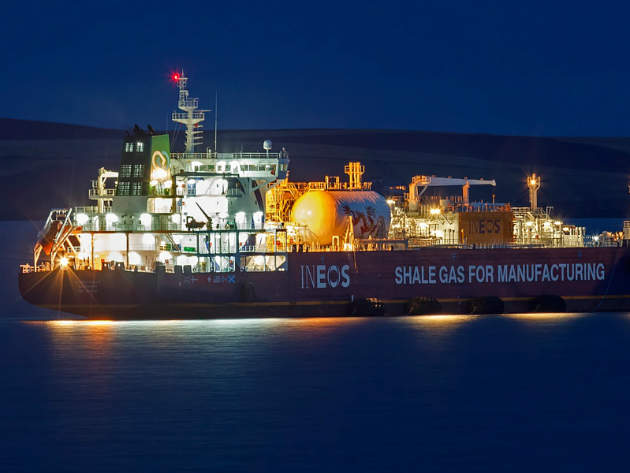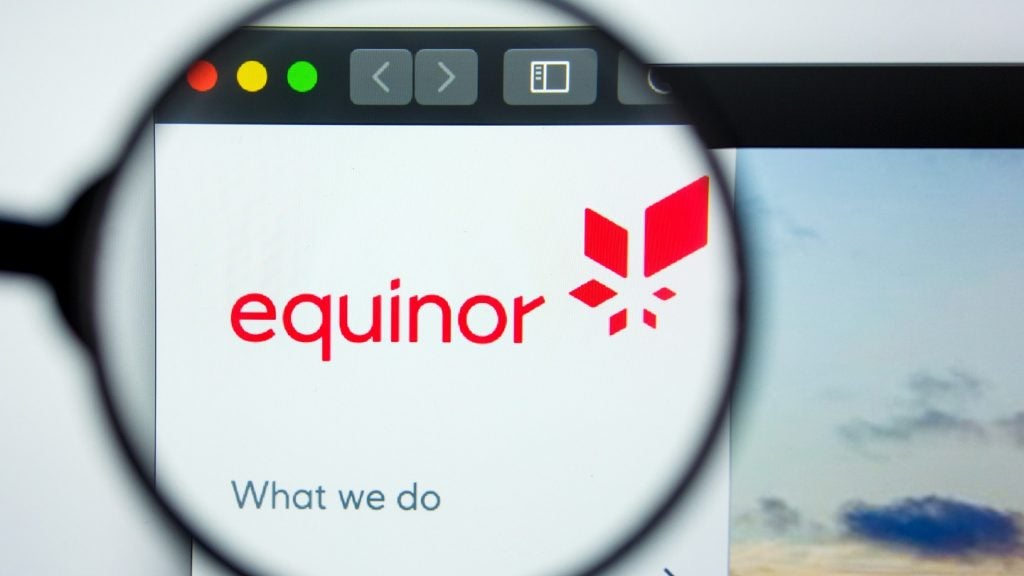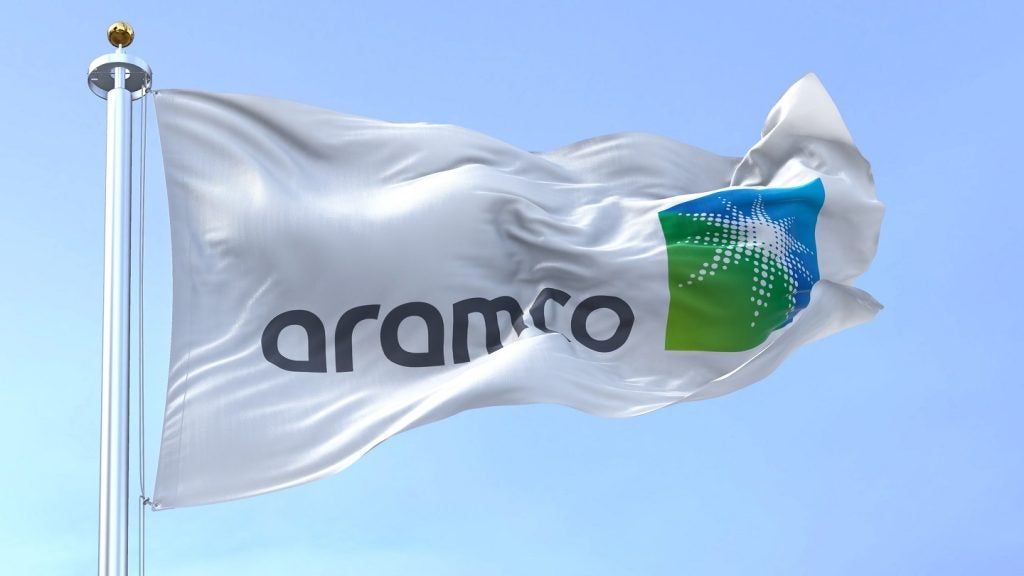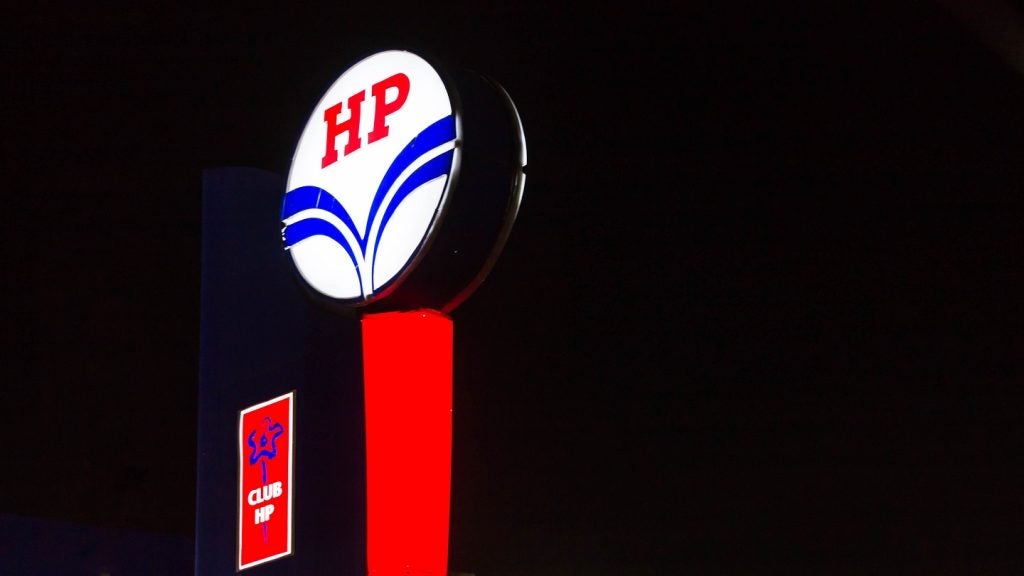
The US shale gas revolution that just ten years ago overturned decades of guzzling of imported fossil fuels is now reaching Europe. On 1 September the first of a new fleet of eight Chinese-built liquid ethane carriers – known as the Dragon class of ships – the INEOS Intrepid, left the Houston Ship Channel on its maiden voyage.
The Intrepid is one of four Dragon-class vessels that have already been delivered. Over the next year, another four will be built and launched. The ship was bound for the Swiss-headquartered chemicals company INEOS’ Rafnes cracker site in Norway, carrying 265,000 barrels of US ethane derived from shale gas. A few weeks later, on 28 September, Intrepid’s sister ship, the INEOS Insight, docked at the INEOS site at Grangemouth, bringing US ethane to the UK for the first time.
And INEOS is not the only downstream company that is turning to US ethane. Sabic and Borealis have also committed to bringing in US shale gas.
Shale gas revolution
Grangemouth – one of the oldest sites in the INEOS family – is home to Scotland’s only crude oil refinery. It is also the site of a world-scale petrochemical plant, producing around one million tonnes of product per year. Jim Ratcliffe, chairman and founder of INEOS, described the Insight shipment as “a game changer for British manufacturing” saying “it could spark a [UK] shale gas revolution”.
Ethane is derived from natural gas and is used primarily to make ethylene, the primary building block of most plastics. The gas could provide the European petrochemical and other energy intensive industries with a strategic raw material replacement to North Sea gas, the availability of which has fallen dramatically in recent times.
Many European gas fuelled plants now have to operate at a significantly reduced capacity. To enable it to receive and store the new supply of US ethane, Grangemouth has over the past five years undergone a major infrastructural upgrade, including a new import terminal and a cryogenic tank capable of storing up to 30,000 tonnes of liquid ethane.
How well do you really know your competitors?
Access the most comprehensive Company Profiles on the market, powered by GlobalData. Save hours of research. Gain competitive edge.

Thank you!
Your download email will arrive shortly
Not ready to buy yet? Download a free sample
We are confident about the unique quality of our Company Profiles. However, we want you to make the most beneficial decision for your business, so we offer a free sample that you can download by submitting the below form
By GlobalDataThe new source will also help other Scottish companies that need the same raw materials. Indeed, an agreement whereby North Sea gas was piped from the Fife ethylene plant at Mossmorran to Grangemouth has now effectively been reversed. As of 2017, ethane will be sent instead from Grangemouth for use at the Mossmorran Natural Gas Liquids (NGL) fractionation plant.
‘New generation’ vessels
But none of this would have been possible without a new generation of ethane carriers. INEOS’ 200m long, specially designed vessels, each with a cargo capacity of 27,500 m3, incorporate some radical new features. They are longer and thinner than other carriers, enabling them to carry large amounts of cargo while still being capable of squeezing into tight waterways.
The engines represent another radical design feature. The two Wärtsilä 6L50DF dual-fuel engines represent a world first in that they can run on ethane as well as conventional fuels.The ships were commissioned by INEOS, which has sunk an estimated $2bn into this project. The move follows on from the company’s groundbreaking decision in 2010 to save its Grangemouth assets – up to half of which were facing closure due to the poor availability of competitively priced raw materials and volatile fuel prices – by shipping in US ethane gas on custom built gas carrier ships. At the time, there were no ships big enough to transport the liquid ethane, so in January 2013, INEOS formed a partnership with Danish shipbuilder Evergas. HSVA designed the ships’ hull and Wärtsilä the twin engine power plant. Sinopacific Offshore & Engineering, and Sinopacific Shipbuilding Group (SSG) were commissioned by Evergas to build the vessels.
US gas goes global
The Dragon class ships are expected to play a key role in delivering large quantities of US gas to Europe. In fact, the effect of the ships on the European gas market has been described by Steve Lewandowski, a senior director for chemicals at IHS, as akin to providing a “virtual pipeline across the Atlantic.”
The shipments of US shale gas to Europe will undoubtedly shake up the gas markets. However, it is in many ways the inevitable next step. Over the past decade, US shale drillers from Pennsylvania to Texas have flooded the domestic market with so much natural gas that prices are now at a 17-year low. The logical next move was for US drillers to turn to the more lucrative export market.
In Europe, gas prices have been twice as high as in the US over an extended period. And in Asia, led by Japan, gas prices have been even higher at four times the US Henry Hub key natural gas futures bench price. US shale gas exports began earlier this year and such is the projected magnitude of the shipments that – according to the International Energy Agency (IEA) – the US will “go from zero to becoming the world’s third-largest liquefied natural gas [LNG] supplier within five years.”
Virtual pipeline
Piped gas is expensive to transport from where it is produced to the centres of demand, even when those centres are relatively close by. And without liquefaction – a process whereby gas is super cooled to -162°C – the trans-oceanic natural gas trade would have been almost impossible.
By 2021, the annual capacity of US liquefaction plants, where gas is chilled and compressed for shipping, is expected to grow to 595 billion cubic metres from 415 billion in 2015. And by the end of this decade, global LNG production – on the back of new plants that are due to come on-stream in Australia and the US – is forecast to expand by about 50%.
The implication for Europe’s beleaguered petrochemical industry is clear. Although naphtha and condensates provide most of the feed to European ethylene crackers the share of ethane, propane and butane, as well as gasoil, is rising. There are also implications for Europe’s energy policy. About a third of Europe’s gas comes from Russia. So shifting to US or African LNG, wherever possible, is seen as a desirable goal in order to offset the overwhelming might of Russia’s Gazprom. In Central and Eastern European countries such as Lithuania and Poland, this goal has been turned into a strategic imperative.
Price caution
But although the flow of ethane into Europe from the US is on the rise, future import growth will depend on the market. Platts cautions that the INEOS, Sabic and Borealis deals were signed when naphtha was trading at a $700/mt premium over ethane. Earlier this year, that premium had sunk below $300/mt. That has put a question mark against some future deals on US ethane.
Versalis has not followed up on its 2015 announcement that an US ethane deal was imminent, while LyondellBasell has ruled out US ethane for its European crackers.
Questions also remain about expected level of US LNG exports. Most analysts believe that because of the current LNG supply glut – not to mention the likely isolationist US energy/industry nexus under President Trump from 2017 – more than half of the 38 LNG terminals proposed in the US will most likely never be built. That said, the rise in US gas exports over the coming years is seen as all but inevitable, which should provide a welcome break for European industry.






